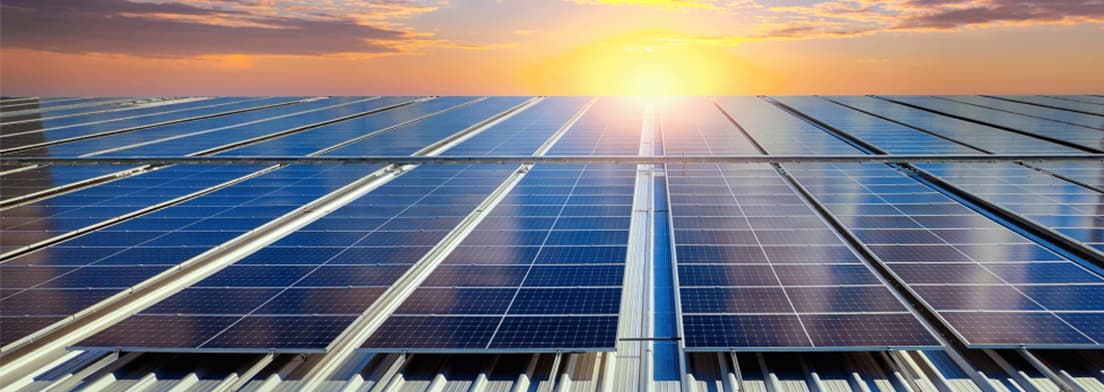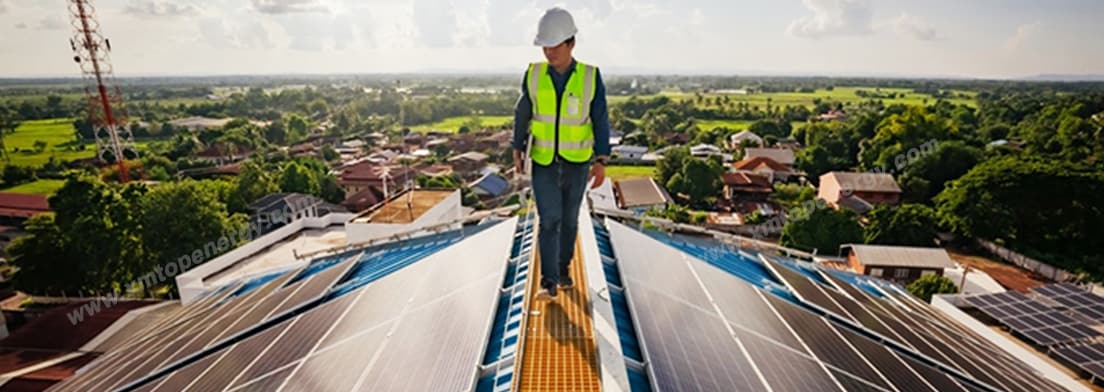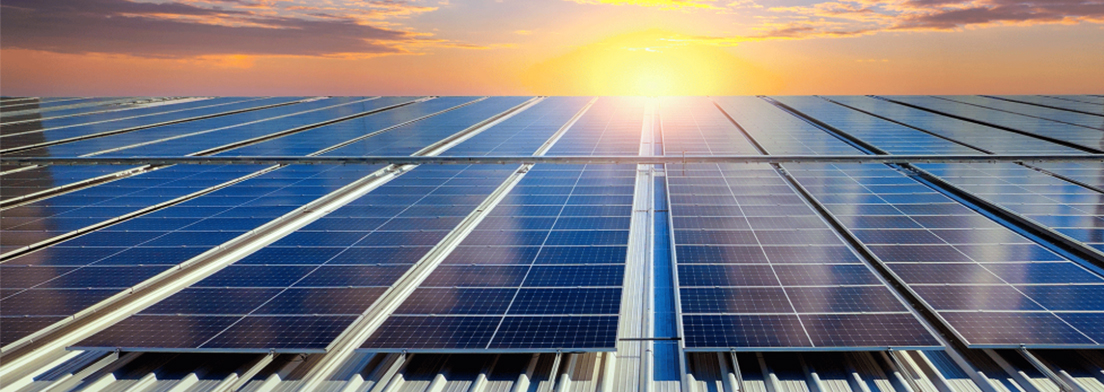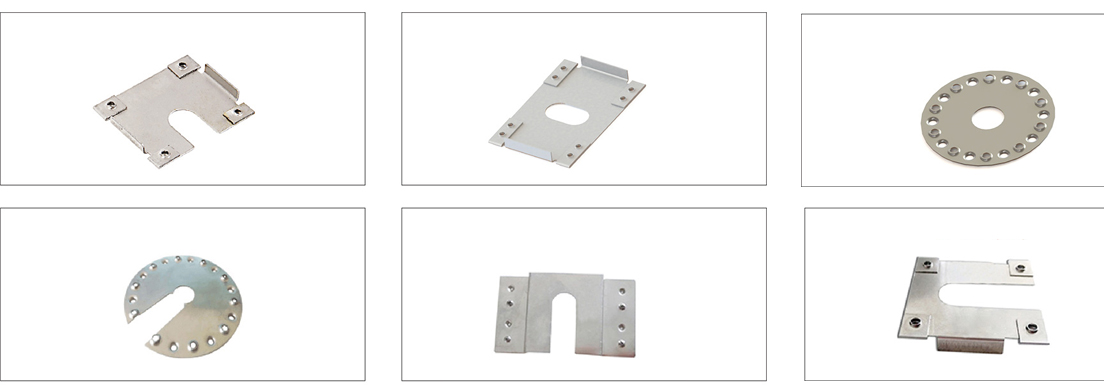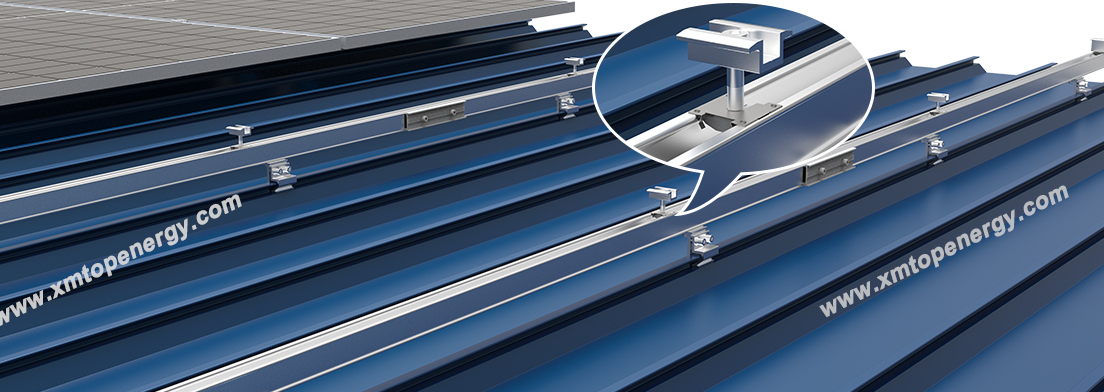As solar energy continues to expand across the globe, selecting the right materials for ground-mounted solar systems becomes a crucial decision for developers, EPCs, and asset owners. Two of the most common materials used in solar mounting structures are aluminum and steel—each offering unique benefits and trade-offs. But which one is better for your ground solar project? Let’s explore the key differences to help you make an informed decision.

1. Strength and Structural Integrity
Steel is significantly stronger than aluminum. It has a higher tensile strength and load-bearing capacity, making it an ideal choice for utility-scale solar farms or sites with harsh environmental conditions, such as heavy snow or strong winds. Galvanized steel (typically hot-dip galvanized) also resists corrosion over time when properly treated.
Aluminum, while not as strong as steel, is still suitable for many ground-mount applications, especially in small to medium-scale projects. It’s generally used in extruded profiles with optimized shapes that provide the necessary strength with less material.
Choose steel when structural strength under load is a top priority.
2. Corrosion Resistance
Aluminum naturally forms a protective oxide layer, giving it excellent corrosion resistance—especially in coastal or highly humid environments. This makes it a go-to choice for areas prone to rust issues.
Steel, unless it is galvanized or coated, is more susceptible to corrosion. Hot-dip galvanization can significantly extend the lifespan of steel structures, but over time, corrosion might still occur, especially if coatings are damaged.
Choose aluminum for long-term corrosion resistance, particularly in coastal regions.
3. Weight and Handling
Aluminum is about one-third the weight of steel, making it easier and faster to transport, handle, and install. This can reduce labor costs and construction time on-site.
Steel, being heavier, typically requires heavier machinery and more manpower for installation. However, its rigidity often means fewer supports are needed.
for Choose aluminum for ease of installation and lightweight transport.
4. Cost
Steel is generally more cost-effective than aluminum on a per-kilogram basis. Even with galvanization, steel structures often offer a better price-performance ratio, especially for large-scale installations.
Aluminum is more expensive, but the added cost may be offset by reduced labor, faster installation, and lower maintenance over time.
Choose steel for budget-sensitive projects with robust construction teams.
5. Environmental Impact and Sustainability
Both materials are recyclable, but aluminum has a higher embodied energy (energy used in production). However, because it is lightweight and requires less maintenance, aluminum may have a lower overall lifecycle impact in some cases.
Steel is also widely recycled and has a mature global recycling infrastructure. Some developers may choose materials based on the availability of low-carbon steel or recycled aluminum.
Consider local availability and enviromental priorities when evaluating sustainability.

Final Verdict: Which Is Better?
There’s no one-size-fits-all answer. The best choice between aluminum and steel for ground solar mounting depends on your project size, environmental conditions, budget, and logistics.
|
Criteria |
Best Material |
|
Structural Strength |
Steel |
|
Corrosion Resistance |
Aluminum |
|
Lightweight Installation |
Aluminum |
|
Cost-Effectiveness |
Steel |
|
Coastal Applications |
Aluminum |
|
Large Utility Projects |
Steel |
When in doubt, consult with your solar mounting system supplier or structural engineer. A hybrid approach—using steel for foundations and aluminum for above-ground structures—is also gaining popularity as it combines the strengths of both materials.














